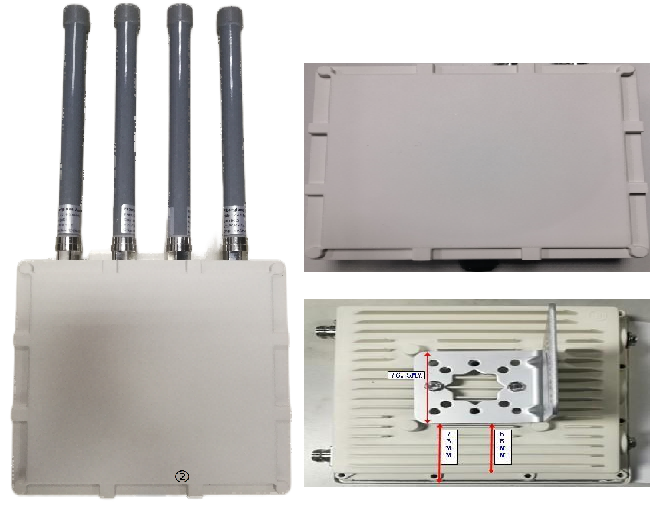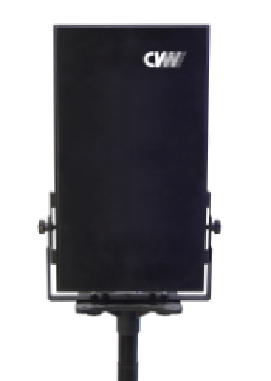With the rapid development of technology, wireless video transmission systems are widely used in various industries. The wireless video transmission system can transmit video, video, and data information through wireless signals, achieving functions such as remote monitoring, data sharing, and remote operation. In the field of professional applications, the requirements for wireless video transmission systems are more stringent and complex. This article will explore what professional wireless video transmission systems include.
Transmitter: The transmitter of a wireless video transmission system is the core part of the system, responsible for encoding the video, video, or data that needs to be transmitted into wireless signals. The transmitter usually consists of an video processing unit and a wireless transmission module. The video processing unit is responsible for compressing, encoding, and processing the input video or video to reduce data volume and improve transmission efficiency. The wireless transmission module is responsible for converting the processed signal into a form suitable for wireless transmission, such as radio waves or optical signals, for transmission to the receiver.
Receiver: The receiver of a wireless video transmission system receives and decodes signals from the transmitter and converts them into usable video, videos, or data. The receiver usually includes a wireless receiving module and an video decoding processing unit. The wireless receiving module receives wireless signals from the transmitter and converts them into usable signal forms. The video decoding processing unit is responsible for decoding, decompressing, and processing the received signal to restore the original video or video. Receivers are usually connected to display devices or data processing devices for real-time or offline monitoring, viewing, and analysis operations.
Antennas: Antennas are an important component of wireless video transmission systems, responsible for transmitting and receiving wireless signals. For professional wireless video transmission systems, antennas are required to have good reception and transmission performance to ensure signal stability and reliability. According to actual needs, the antenna can be directional, omnidirectional, or adjustable. Directional antennas are suitable for scenarios that require long-distance and directional transmission, omnidirectional antennas are suitable for scenarios with a wide coverage range, and adjustable antennas have flexibility and adaptability, which can be adjusted according to actual needs.
Power supply: Professional wireless video transmission systems require stable and reliable power supply to ensure the normal operation of the system. The power supply can be either AC or DC, and the appropriate power type can be selected based on different application scenarios and environments. In addition, the power supply also needs to have overload protection and voltage stabilization functions to cope with unexpected situations and power fluctuations.
Other auxiliary devices: Professional wireless video transmission systems can also include other auxiliary devices to provide more functions and convenience. For example, the system may be equipped with a remote control to achieve remote control and operation; It may also be equipped with data storage devices to save and backup the transmitted data; In addition, some systems may also have GPS positioning capabilities to provide location information and enhance positioning capabilities.

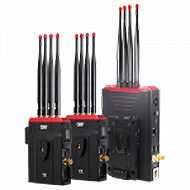 Multi-camera wireless video transmission
Multi-camera wireless video transmission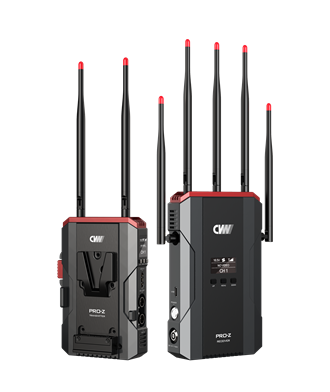 Zero Latency Wireless Video Transmission
Zero Latency Wireless Video Transmission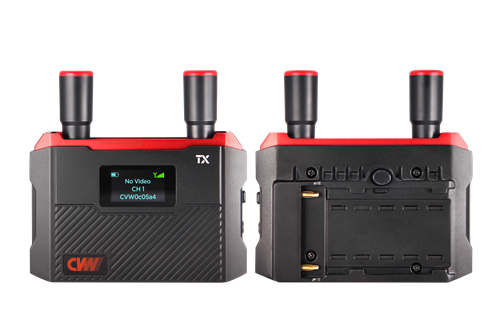
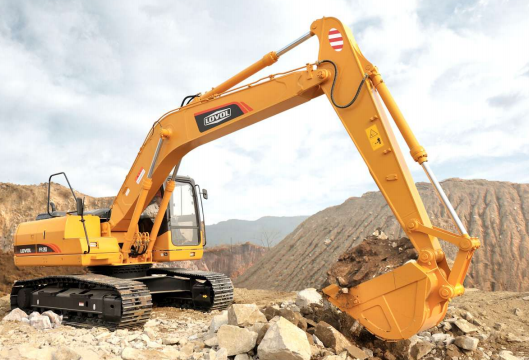 Designed for teleoperating the heavy equipment
Designed for teleoperating the heavy equipment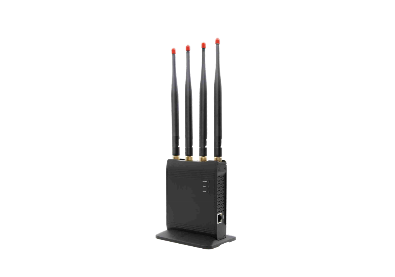 Wireless high-speed data transmission
Wireless high-speed data transmission